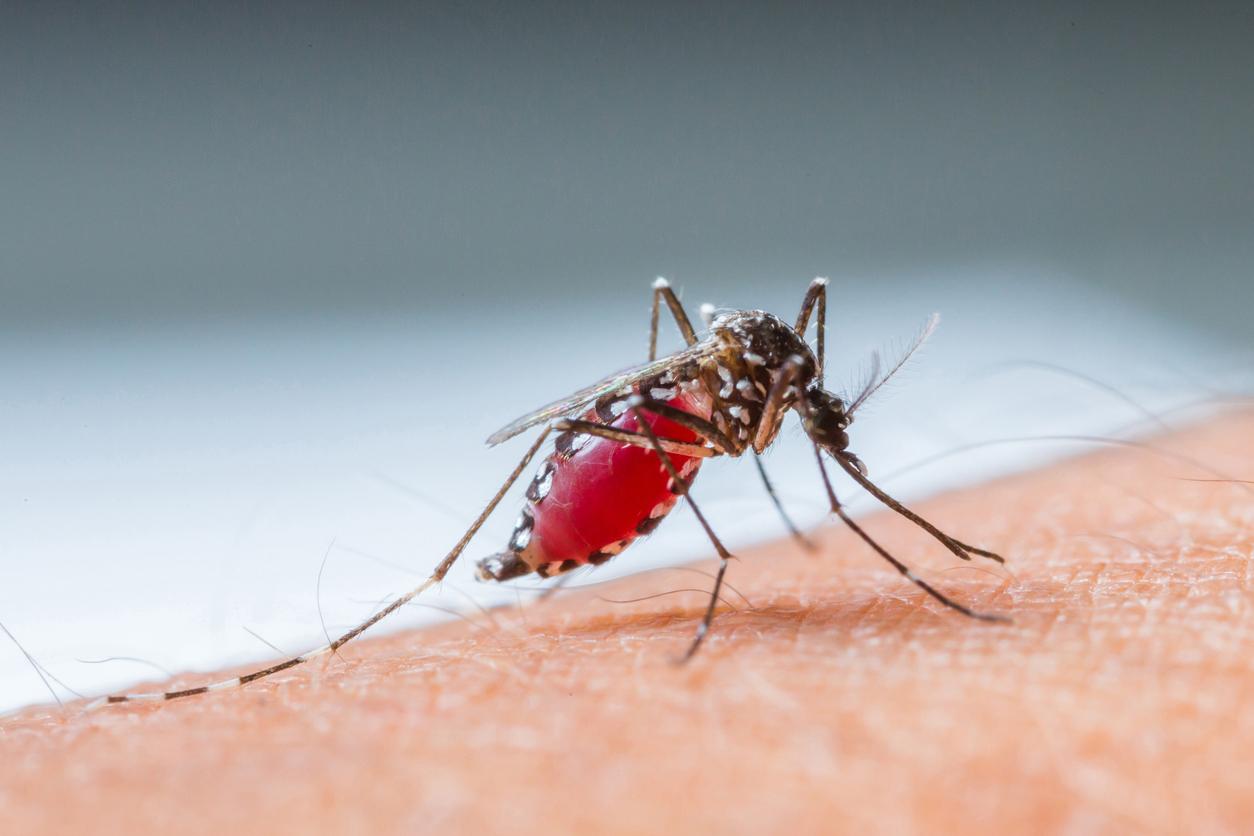Even after treatment, some people with Lyme disease experience persistent symptoms. This would be linked to the presence of dead fragments of the bacteria.

- Lyme disease, also called Lyme borreliosis, is caused by the bite of an infected tick.
- About 50,000 cases are detected by general practitioners each year in France.
- If erythema appears in the bite area, antibiotic treatment should be followed.
In June 2018, the High Authority of Health officially recognizes the existence of persistent and unexplained symptoms of Lyme disease in some patients. By these terms, it refers to muscle pain, fatigue or headaches. “In the current state of knowledge, we do not know if these signs are due to the existence of persistent Lyme borreliosis (after treatment or not) or to other pathogens that would be transmitted by ticks.“, then specifies the HAS. American scientists have provided an explanation. In their research, published in Scientific ReportsGeetha Parthasarathy and Shiva Kumar Goud Gadila explain that these persistent symptoms could be linked to residues of the bacteria responsible for the disease, remaining in the body.
Persistent disorders, despite treatment
The two researchers from Tulane University point out that Lyme disease is mainly caused by the bacteria Borrelia burgdorferi. It is transmitted to humans by infected ticks and generates an erythema on the skin within 3 to 30 days following the bite. Prompt antibiotic treatment can prevent the onset of the disease. “However, approximately 10 to 35% of patients treated for erythema migrans or early Lyme disease experience persistent or intermittent musculoskeletal, cognitive, or fatigue disorders of mild to moderate intensity after 6 to 12 months of follow-up.say the scientists.
Dead fragments of the bacteria
Before this study, they had already worked on in vitro models. This time, they used monkeys, whose cerebral cortex and dorsal root ganglia they analyzed after infection with the bacteria. In their findings, they find that non-viable fragments of the bacteria generate more inflammation than live fragments. Since they can distribute more easily in the body, they could be the cause of the appearance of signals of inflammation all over the body. According to them, the presence of these fragments in the nervous system is a potential explanation for the persistence of symptoms. For authors, this requires “new anti-inflammatory approaches” for the treatments.

.















